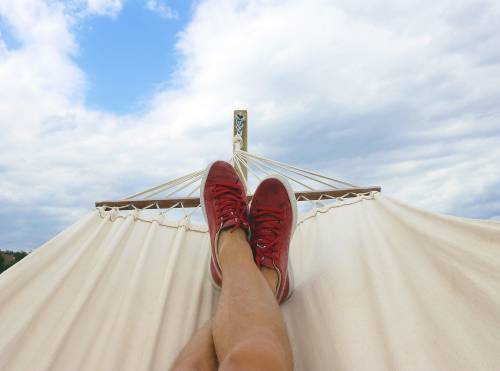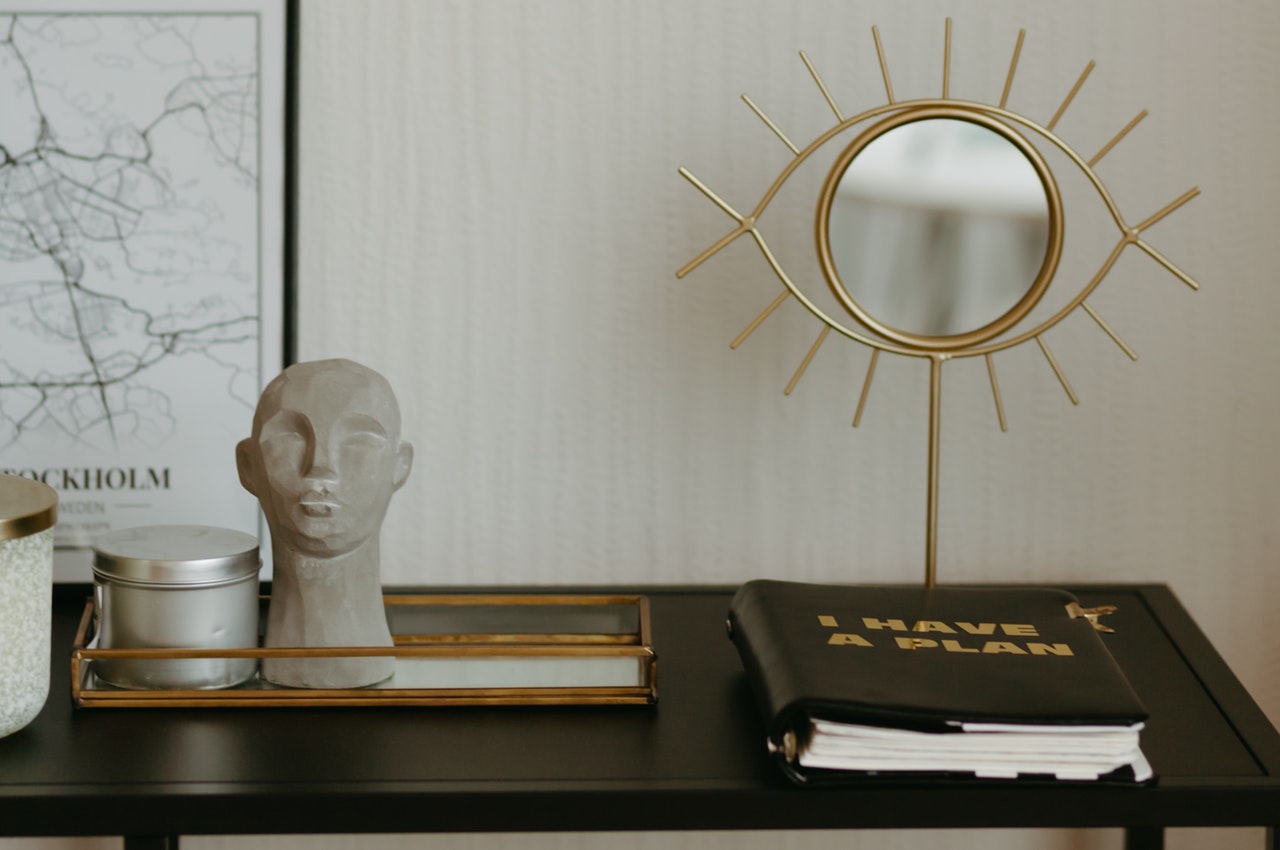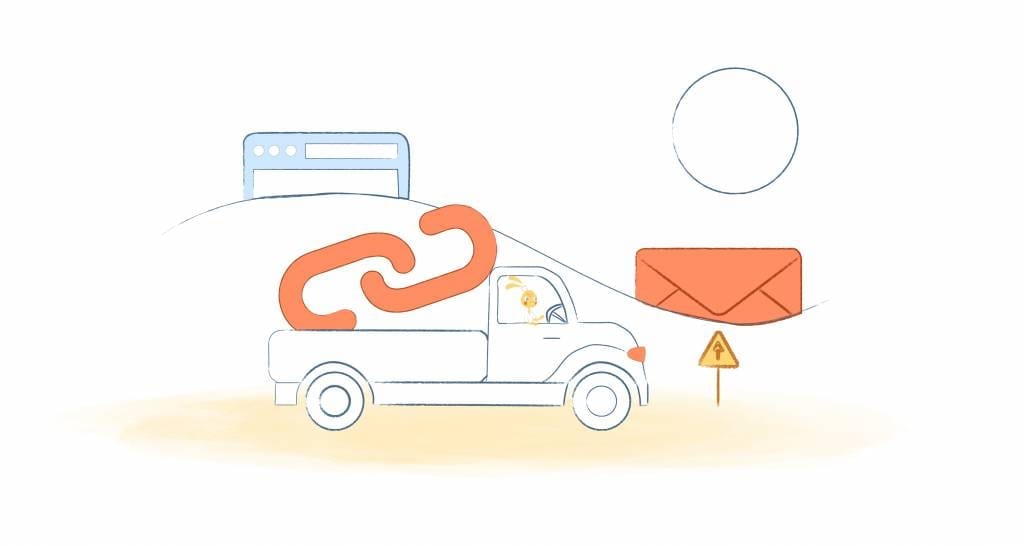

In today’s fast-paced world, stress is an inevitable companion. After all, countless responsibilities, work commitments, and social commitments make it challenging to find time to relax. One poll found that 47% of Americans report feeling relaxed for less than 40 minutes a day when asked about their self-care habits.
Imagine if I told you that your trusty calendar could actually help you become more relaxed and balanced. In this blog post, we’ll discuss the power of strategically managing your calendar. As a result, you will be able to find moments of tranquility and rejuvenation amidst the chaos.
Prioritizing Self-Care
Self-care often gets neglected in our busy schedules, mistakenly believing it to be an unnecessary luxury. But, as the previously mentioned poll found, more than half said that self-care is a top priority, and 72% said that their self-care routines have improved over the past two years.
And, thanks to your calendar, you can finally prioritize self-care.
You should schedule regular breaks, leisure activities, and self-care routines to help you stay healthy. As with any appointment, you must treat them with the same level of importance. When you do, your mind and body will be revitalized when you allow yourself time to relax, making you more focused and productive.
Time Blocking for Balance
Blocking your time is a powerful technique that involves dividing your day into specific chunks for specific activities. You can create a sense of balance in your life by scheduling dedicated periods for work, relaxation, and other commitments.
The result is that work does not spill over into your personal time and vice versa. As long as you have set aside time for relaxation, you will not feel guilty about ignoring other obligations when participating in these activities.
Embracing Mindfulness Moments
An essential aspect of mindfulness is being fully present in the present moment, free of distraction and worry about the future or past. Adding mindfulness moments to your calendar can reduce anxiety and stress significantly.
What’s more, mindfulness has been found to:
- Lower depression
- Increase happiness
- Boosts energy and productivity
- Lowers blood pressure
Furthermore, meditation and vacations have similar effects. The study results showed that 15 minutes of meditation led to feelings of low discomfort, such as irritation, and high positive feelings and emotions, such as gratitude.
It doesn’t matter if you sit down for a short meditation session or take a few deep breaths; these moments of mindfulness can ground and clarify your mind.
Schedule “Me Time”
We often forget to make time for ourselves in the hustle and bustle of daily life. However, you should schedule a specific time on your calendar for “Me Time,” when you can do things that bring you joy. It can be anything from reading a book to taking a long bath to pampering yourself with a spa day.
There’s no way around it. You must carve out time for yourself to prevent burnout and maintain a healthy work-life balance.
Unplug and Disconnect
Setting boundaries with technology in a world of constant connectivity is important. To achieve this, ensure your calendar includes “digital detox” periods.
The idea is to disconnect from electronic devices and spend quality time with loved ones or do activities that don’t involve screens. As a result of this practice, you feel less stressed, sleep better, and have stronger relationships with those around you.
Plan Regular Social Activities
Socialization is an integral part of human nature. So, relaxing and being happy while spending time with family and friends is possible.
You should schedule regular social activities on your calendar, such as weekly dinners with friends or weekend family outings. As well as helping you unwind, these interactions will also provide emotional support. Ideally, you should engage in activities you enjoy. After all, scheduling social activities that you find exhausting is counterproductive.
Incorporate Physical Activity
Physical exercise’s benefits include releasing endorphins and a sense of well-being.
Plan regular physical activities in your calendar, such as going to the gym, running, and attending yoga classes. The energizing effects of exercise will leave you feeling refreshed and rejuvenated.
Plan Vacations and Getaways
For relaxation, taking breaks from your routine and exploring new places is essential. Be sure to put vacations and getaways on your calendar well in advance.
What if you don’t have enough time or budget for extended vacations? If you want a break from the monotony and a chance to recharge, consider taking a short weekend trip or taking a staycation.
But what if your calendar could actually help you relax? It sounds counterintuitive, but it’s true. Using your calendar wisely can create more time for yourself and reduce your stress levels.
Schedule Time for Reflection
It is helpful to take some time to reflect upon your day or week to identify areas where improvement is necessary. You should set aside some time every morning or evening for reflection. Take advantage of this time to reflect on what’s working well and what can be improved.
Here are some additional tips on using your calendar to help you relax.
- Color-code different types of events using different colors. The color green could be used for work events, the color blue for personal events, and the orange for rest and relaxation events. At a glance, you can see what’s on your calendar and how much free time you have.
- Set reminders with a calendar app. As a result, you’ll be reminded to take breaks, go to bed on time, and plan fun activities.
- If you need to reschedule or cancel an event, don’t be afraid to do so. Taking a break is better than pushing yourself too hard when you’re stressed or overwhelmed.
- Adapt your schedule to your needs. It is not always possible to follow your schedule exactly, so be ready to make changes when needed.
Relaxation takes work, but your calendar can help. Taking the time to relax, reduce stress, and improve your overall health by following these tips will benefit you greatly.
FAQs
How can relaxation techniques benefit you?
There are many benefits to relaxing, including:
- Reduced stress and anxiety. In addition to calming the mind and body, relaxation techniques can reduce stress and anxiety.
- Improved sleep. Relaxation techniques can aid sleep by calming the body and mind.
- Increased focus and concentration. Relaxation techniques can improve concentration and focus by reducing distractions and clearing the mind.
- Reduced pain. Using relaxation techniques reduces muscle tension and improves circulation, reducing pain.
- Improved overall health and well-being. Relaxation techniques can improve overall health and well-being by reducing stress, improving sleep, and boosting mood.
What are some relaxation techniques?
Relaxation techniques vary widely, but some common ones include:
- Deep breathing. This is a simple, yet effective technique to reduce anxiety and stress. During deep breathing, you should breathe in slowly and deeply through your nose, and then exhale slowly through your mouth.
- Progressive muscle relaxation. This method involves contracting and relaxing different muscle groups. You can perform progressive muscle relaxation by sitting or lying comfortably and closing your eyes. For a few seconds, tense your toes, then relax them. Your toes to your head should be tensed and relaxed as you work your way up the body.
- Meditation. Mediation involves focusing your attention on the present moment while engaging your mind. Various types of meditation exist, but mindfulness meditation and loving-kindness meditation are common.
- Yoga. Physical postures, breathing exercises, and meditation are all part of yoga’s mind-body practice. As well as improving flexibility, strength, and balance, yoga can also reduce stress and anxiety.
- Tai chi. Known for its slow, gentle movements and deep breathing, Tai chi is a Chinese martial art. The practice of Tai Chi can reduce anxiety and stress, as well as improve balance, flexibility, and coordination.
- Aromatherapy. The use of essential oils in aromatherapy promotes relaxation and well-being.
- Hydrotherapy. In hydrotherapy, water is used to relieve stress and promote relaxation. Hot tubs, warm baths, or massages can be considered hydrotherapy.
How do I choose the proper relaxation technique for me?
Relaxation techniques vary depending on individual needs and preferences, so there is no one-size-fits-all answer. There are, however, some factors to consider when choosing a relaxation technique, including:
- Experience level. Starting with a simple technique, such as deep breathing, may be an excellent place to start if you are new to relaxation techniques.
- Interests that you have. A relaxation technique that incorporates your favorite activities, such as yoga or massage, may be a good choice for you.
- The goals you have. Why do you want to use relaxation techniques? You might want to try an approach that calms the mind if you’re trying to reduce stress. For better sleep, consider a technique that relaxes you before bed.
How often should I practice relaxation techniques?
Your individual needs and preferences will determine how long you should practice relaxation techniques. Relaxation techniques should, however, be practiced daily for at least 20 minutes, according to most experts.
What are some tips for getting the most out of relaxation techniques?
The following tips will help you get the most out of relaxation techniques:
- Ensure you are in a quiet place where you won’t be disturbed.
- You should feel comfortable at all times.
- Allow your thoughts and worries to drift away as you concentrate on your breathing.
- Consistency and patience are key. Learning how to relax effectively, it takes time.
Image Credit: Mateusz Dach; Pexels; Thank you!











Deanna Ritchie
Editor-in-Chief at Calendar. Former Editor-in-Chief and writer at Startup Grind. Freelance editor at Entrepreneur.com. Deanna loves to help build startups, and guide them to discover the business value of their online content and social media marketing.